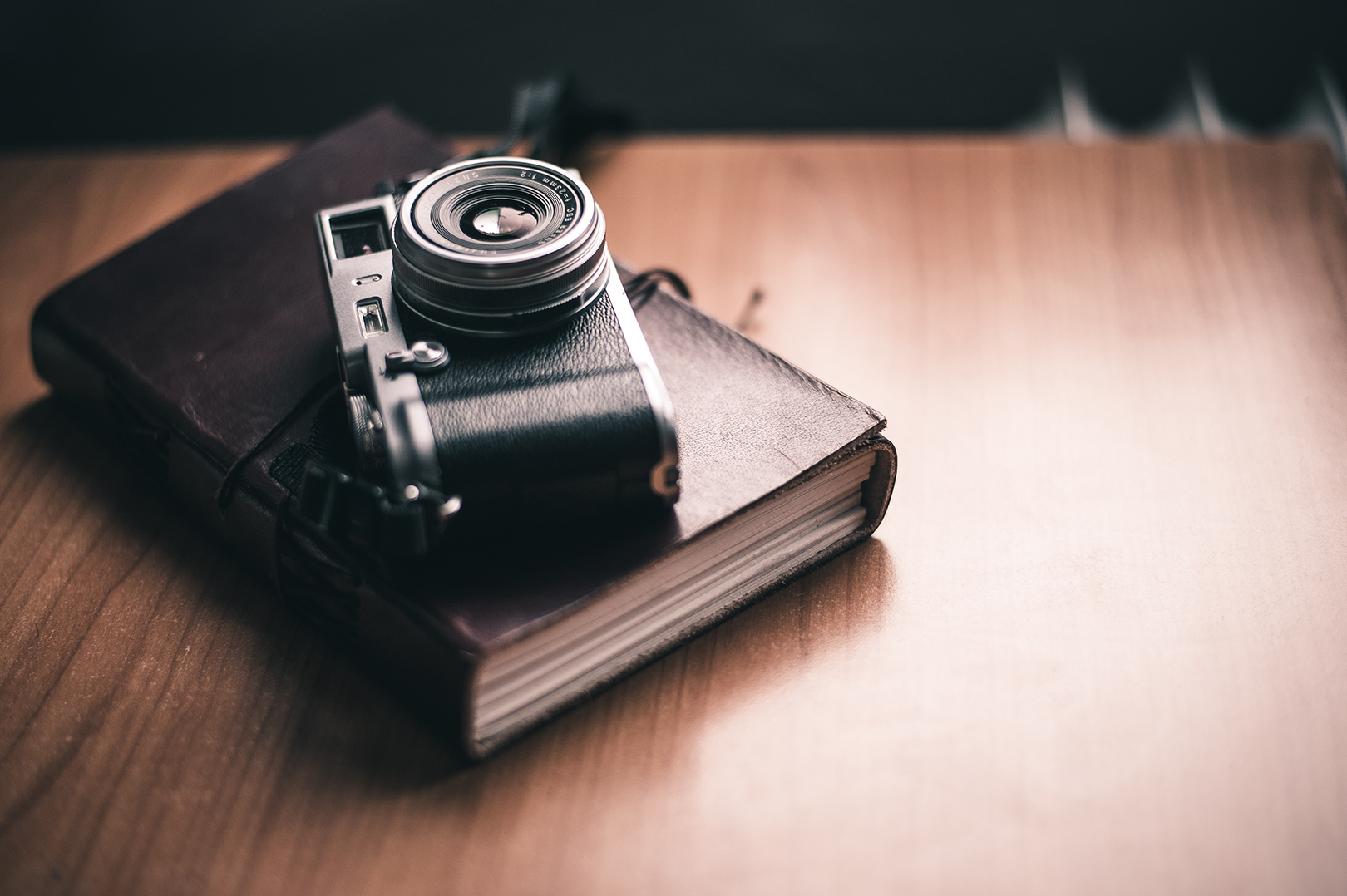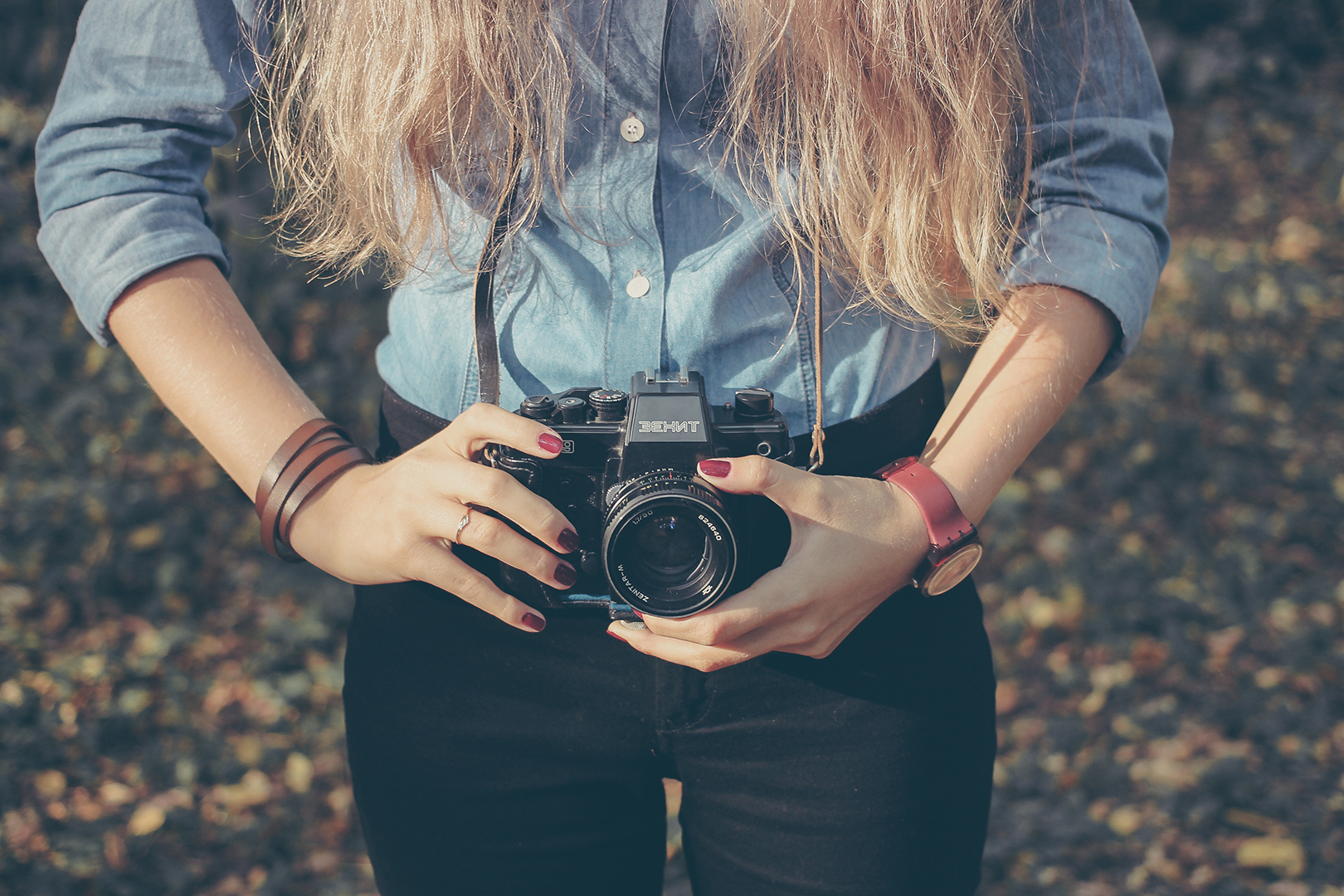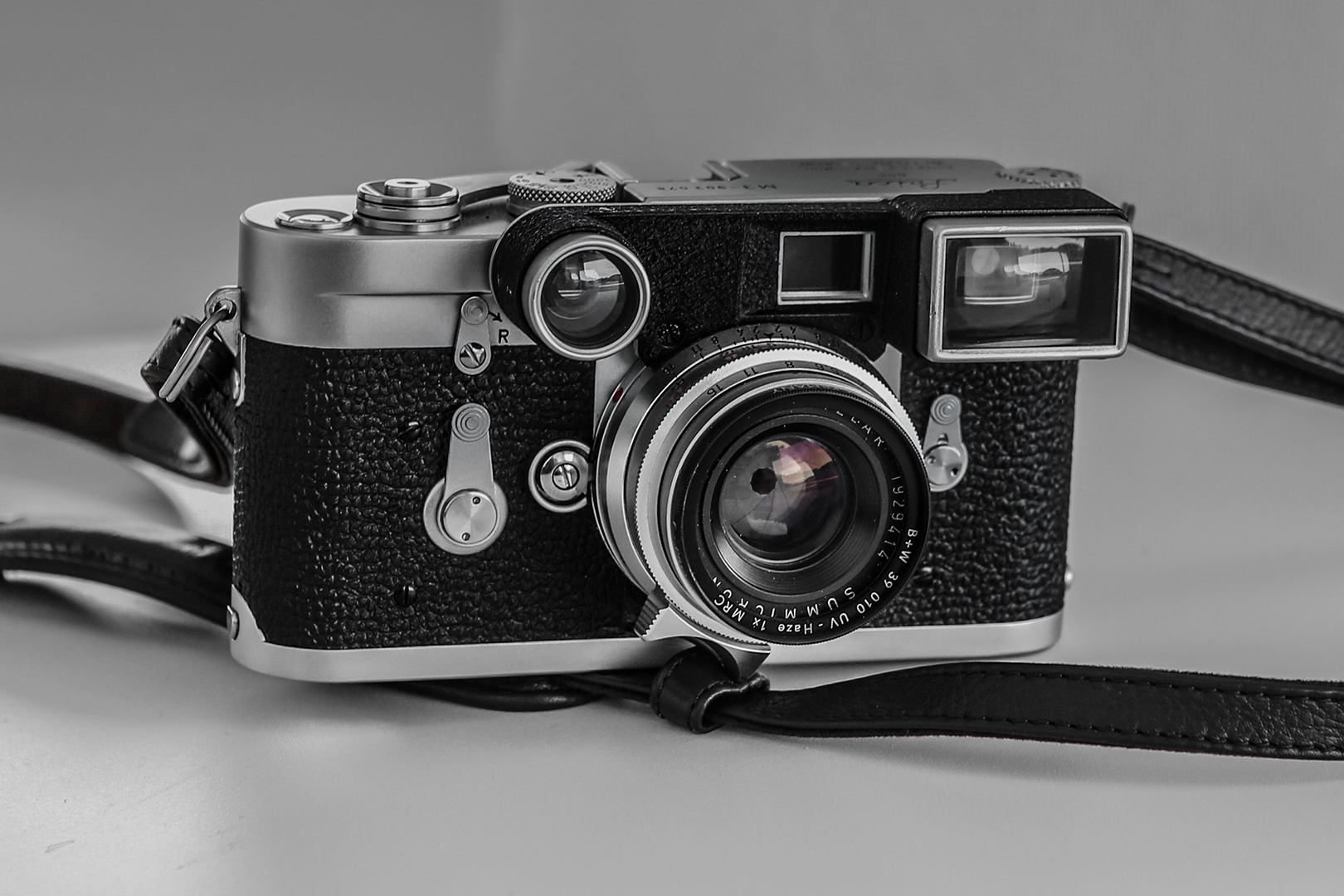Jim Casper said, “The language of photography continues to get more interesting and more complex as it becomes the most universal medium of communication worldwide.” This may be the most compelling statement about photography I've read this year.
Etymologically, photography means not so much “drawing with light”, but “writing with light”. Casper's insight then shouldn't surprise you. We are constantly writing, every day, from emails, SMS and messages through social media, to papers and other documents that might be more complex in terms of their language, style, and audience.

We are challenged to create more meaningful work than ever because we live in the era of endless content streaming. The most striking way to communicate is through photography and as Casper says, it is universal. So to create meaningful work, therefore, we need to define our style and understand the audience that will be reading and consuming our images.
The Levels Of Photography As A Language
Just like regular written language, photographic language has different levels. So for example, a short message through SMS or some other messaging platform has a purpose to simply notify someone about something. The seriousness will vary, but in essence, it is a brief communication.
The same happens with images posted on social media – in the vast majority of cases, they serve a very short-term purpose.
Now imagine a novel, a compendium of thousands and thousands of words, some with such an impact that even century-old ones are still read by us.
The same thing can happen in photography. For example, something similar has happened to “The Americans” by Robert Frank, and there are many other great examples of photographic narrative. The body of work is still valid and meaningful to us, the audience is magnetically drawn to reading the photographic language.

The Temporality Of The Photographic Language
Even though photography allows us to preserve a moment for a vast period of time – what with social media networks and the modern dynamics of sharing pictures – most images are doomed to be quickly forgotten. As passionate and serious photographers, we must be able to know when an image deserves a more prolonged existence. But how can we achieve this prolongation of the message we as photographers are transmitting?

The easiest way is to make it physical, printing in a single photograph or a photo book gives the image a physical presence which has more permanence than those images in the digital realm. The experience of reading an image in physical form is very effective at making it endure in the audiences' memory.
Another way of creating a longer-lasting voice in photography is by isolating it on a website. Presenting an image using the maximum available space on a monitor’s screen is way more efficient at making an impact than when it is presented in an endless scrolling stream.
Yet another option to make the language of an image clearer is to write a bit about the image, through a caption or a statement, to give richer context to that image. This will reduce the possibilities of a subjective reading and the image’s message will be better understood, even when the readers haven't experienced that beautiful state of “contemplative reading”.
The Ability Of The Photographic Language To Transmit Meaning
A photographer’s “style” can be seen as the way they use this language to transmit meaning and their message. Photographers achieve this through certain attributes:
- Photographic attributes: from the choice of exposure to the choice of frame, all these attributes refer to the way a photographer uses the camera to detail and document their message.
- Composition: this refers to the aesthetic arrangement of elements to deliver an engaging message to the audience.
- The Photographer: The photographer is the ultimate writer in this photographic language dynamic. Roland Barthes defined the photographer “as the Operator”, and knowing something about the photographer's vision and context will assist with the process of reading the messages contained in photographs created by hands and eyes. It is also important to know the photographer’s intention, thus the captions or statement.
Not all our images will transmit something, and many of them will dwell in the space between the attributes stated above. But if they transmit a message to certain audiences, we can assure ourselves that we are walking down the correct path.

The Elements That Make Up The Photographic Language:
Subject:
Depending on the purpose of the shot or the story you are creating through the photograph, you need to carefully choose your subject. Shoot your subject from various angles, various light conditions and if possible at various locations etc. and look at what works best for the story you are planning to tell.
Light:
Finding the right light and understanding how light works is very important in photography. Light can make or break the photo and is a factor that contributes to the mood and emotions in the image. Depending on the story you are communicating, choose the light or the time of day wisely even if it means shooting in bright sunlight if the story requires you to do so.
The Moment:
Be it the time of the day or a story that is unfolding in front of us, the best photographs that have a lasting effect are ones that were taken at the right moment. Decide which time or moment is right or the best and press the shutter as photographic opportunities can happen in a fraction of a second. Looking for the right moment and capturing the story at the right moment is very important when communicating stories through photographs.
Composition:
Capturing the images at the right time under the right light alone will not work if you do not pay attention to composition. When framing the scene, only include the elements that are required for the story while following the compositional guidelines when composing the frame. There are times when breaking the compositional guidelines can lead to powerful and engaging images.
The Colours:
Keep an eye on the colours in the frame as colours can greatly contribute to the effectiveness of the image. Look for colours that are complementary and ones that can create contrast. Put together colours that work for the story and the scene you are capturing. Also wisely choose colours depending on the mood you are trying to create in the scene – warm colours for happy or cheerful images and dull or cold colours for moody images.
The Story:
Using all the above photographic elements, the photographer tells a story through their photograph. Remember all the other elements discussed above are very important in order to create a compelling and powerful story that can have the viewers attention for a longer period of time and can be remembered by viewers for a very long time.
The Ultimate Goal Of The Photographic Language: Transcendence
Our attention span is really messed up these days; there are so many delightful and even addictive social platforms on the internet. And I’m sure that this is true for our audiences as well. Creating something transcendental is the equivalent of writing not just a novel, but an excellent one that will be interesting not just for people in the present, but for generations to come.

This is a rocky road indeed, but not unreachable. Let's keep trying to achieve meaningful pictures by keeping our audience in mind. We can use photography to deliver a simple message, to tell a good story, to transmit a more complex message and inspire someone, or even to make or transcend history.
There is a long debate about whether photography is an art or not. For me, photography becomes art when it manages to stick in the mind of a single reader, and the level of that art will be defined by the amount of time it remains inside that reader's mind.
We are all storytellers who use light to write complex stories – it is a difficult journey. But hey, if the road was easy, it wouldn't be fun, right?
More On Photography As Art
If you are interested in photography as an artform, check out the following:
- Is Photography An Art Form? Jo at Contrastly asks if Photography is an art form – we will let you decide
- What Is Fine Art Photography? Photography Life has an interesting piece on fine art and artistic statement in photography
- Behind The Camera: What Makes A Photograph Art? Artfinder puts fine art photography in a historical context
- 21 Works Of Photo Artistry That Will Blow Your Mind For some inspiration revisit our post on photo artistry






